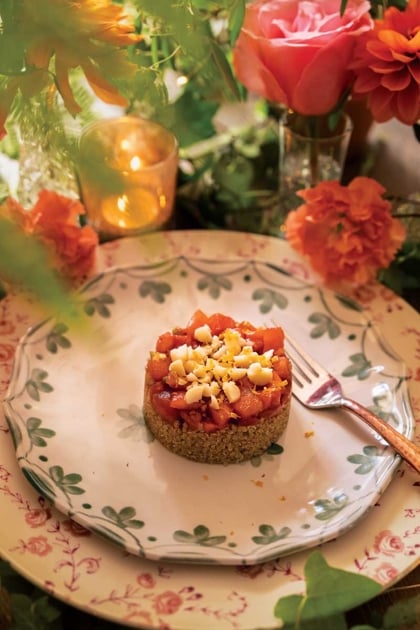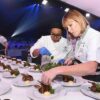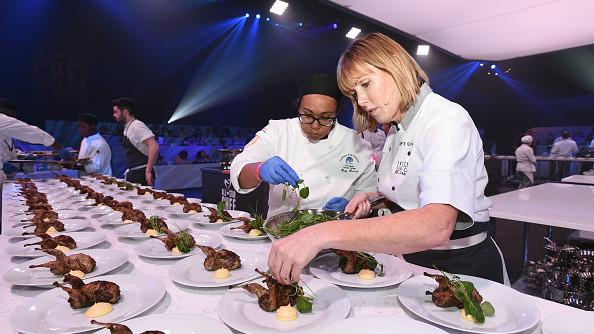In an innovative twist on a classic summer fruit, Watermelon Tartar is capturing the culinary spotlight with its smoky paprika and citrus-infused flavor. This elegant appetizer, devised by food stylist and photographer Helena McMurdo of Vancouver, offers a refreshing yet complex taste experience. Originally featured in the July 2025 issue of a renowned magazine, this recipe is quickly becoming a favorite among gastronomes and casual cooks alike.
A Smoky Transformation on the Grill
The key to the distinctive flavor of Watermelon Tartar lies in its preparation. A brief stint on the grill imbues the watermelon with a subtle smokiness, thanks to the addition of hot Spanish paprika. This unexpected combination elevates the naturally sweet fruit, creating a harmonious balance of flavors. The dish is further enhanced by the addition of orange zest and Marcona almonds, which add a delightful crunch and a hint of citrus.
The presentation of the tartar is as straightforward as it is elegant, making it an ideal choice for both casual gatherings and special occasions. Its vibrant colors and intriguing flavor profile make it a conversation starter at any event.
Versatile and Refreshing Gazpacho Option
Beyond its role as an appetizer, the watermelon mixture also doubles as a refreshing gazpacho. By blending the tartar and garnishing it with a drizzle of olive oil, almonds, and orange zest, it transforms into a chilled soup perfect for hot summer days. This dual functionality not only makes it a versatile dish but also an excellent way to repurpose leftovers.
Helena McMurdo’s recipe showcases her expertise in blending flavors and textures to create memorable culinary experiences. Her work as a food stylist and photographer is evident in the dish’s aesthetic appeal, which complements its complex taste.
The inclusion of this recipe in a prominent publication underscores its appeal and the growing trend of creative, plant-based dishes. As more people embrace innovative cooking methods and bold flavors, Watermelon Tartar stands out as a testament to the endless possibilities of culinary experimentation.





























































